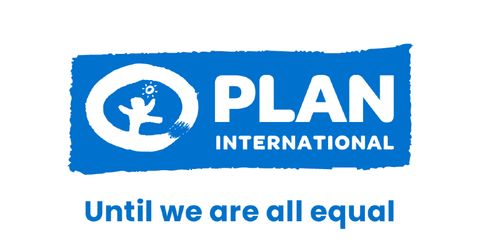Where there is shortage, we will fill the gap
18 August 2025When Typhoon Yagi ripped through the villages of northern Vietnam, it left entire hamlets buried and children out of school. Kien, a seasoned emergency responder with Plan International, shares the human stories behind the devastation, and the communities’ quiet determination to rebuild.
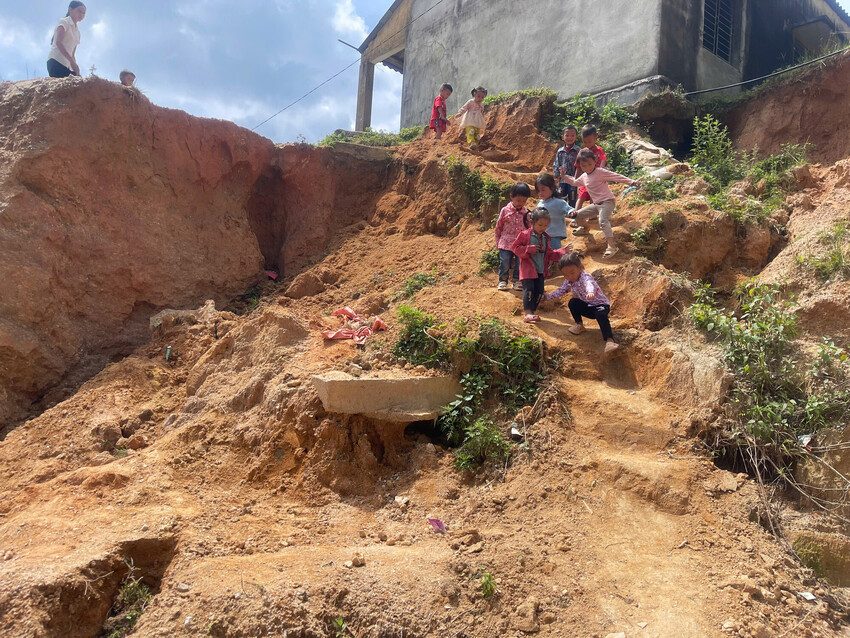
By Kien, Programme Officer, Plan International Vietnam
When Typhoon Yagi hit Ha Giang province in September 2024, it left behind a trail of destruction I can still see when I close my eyes. Roads disappeared under landslides. Schools clung to broken hillsides. Homes were buried or swept away, leaving families with nothing but the belongings they could carry in their arms. It felt like the world itself had split apart, taking everything stable and safe with it.
My name is Kien, and I have spent nearly 15 years working in Ha Giang, 12 of them with Plan International Vietnam. My usual work focuses on supporting water, sanitation and hygiene (WASH), early childhood development, disaster risk reduction, and construction projects. But when disaster strikes, every role shifts.
As soon as the warnings about Typhoon Yagi came, I was mobilised. My job was to monitor information, contribute to situation reports, and collect data from the ground. Once the rains subsided enough to allow movement, I joined the emergency response team to assess the damage and deliver relief.
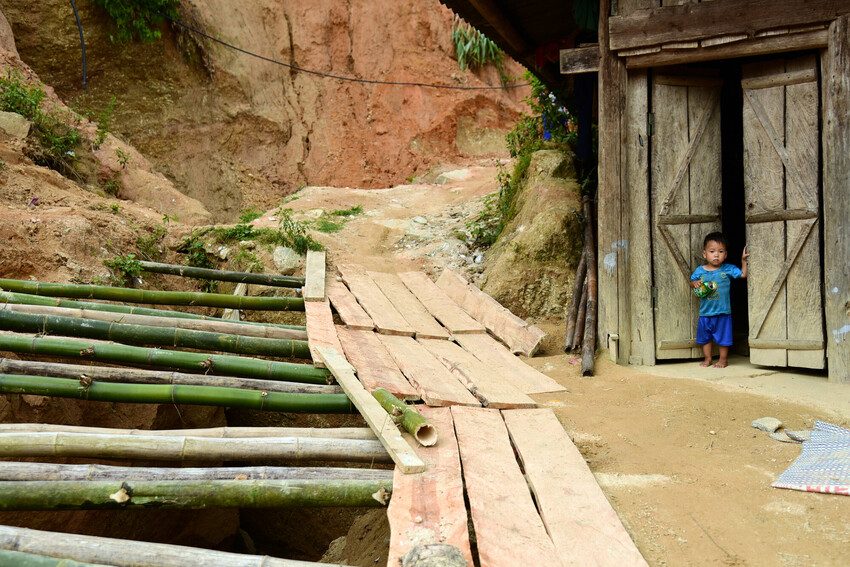
The damage caused by Typhoon Yagi
The damage was beyond anything we could have prepared for. Some schools were so severely damaged that entire sections had collapsed or been buried. Teachers’ living quarters were destroyed.
In one case, an entire hillside over 100 meters high slid down and buried National Highway 4, posing a severe threat to the classrooms of Túng Sán Kindergarten just below. Access roads were ripped away or blocked by boulders the size of cars. In the hamlet of Bản Chè 1, families were evacuated after a 70-centimetre-wide crack split the hillside in two. Numerous homes were isolated as landslides blocked the only paths in and out. Some houses were buried up to the roof by rocks and earth; others collapsed entirely, as if hit by a massive bomb.
Countless roofs were blown off — standing inside felt like standing outside. Belongings, clothes, blankets, rice, and food supplies were soaked or covered in mound. Auxiliary structures like kitchens and livestock pens were pushed down the slope, sometimes over 100 meters from their original location.
Some homes had support columns left hanging over the edge; a single misstep could send someone falling 30 to 40 meters into the ravine. Entire hamlets were swallowed by landslides; for example, in Bản Chè 1 (Tân Tiến commune), 15 households had to be evacuated due to a massive 70cm crack that split open an entire hillside.
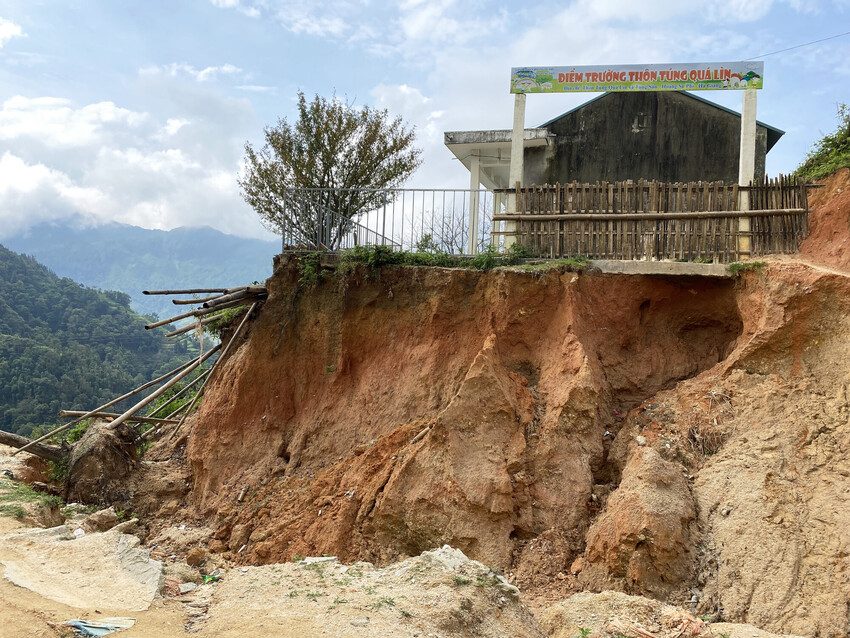
Families lost everything
Families had to build makeshift shelters from tarps and tree branches. The water supply was muddy and full of trees, debris, and rocks washed down from the mountains. Pipes were torn away, water tanks and upstream collection points collapsed. Segments of plastic piping lay exposed on the surface like earthworms cut in half.
In many cases, natural springs in the valleys between hills were completely buried. Most families had no choice but to collect water in buckets or tubs and let it settle before using it for their daily needs. The livestock buried under debris was beginning to rot. Food supplies rotted where they fell. It was chaos, and amidst it all, people were trying desperately to survive.
When we reached the communities, what we heard broke our hearts: “We’ve lost everything. There’s nothing left to ask for.” “I don’t know where to even begin again.” “I just want to go back to school.” “We still haven’t found my baby’s body — he was only 6 months old…”
To be honest, there is a silence that falls after words like those. And yet, in that silence, we found our own determination to deliver food, clean water, hygiene kits, school supplies, and cash assistance to help the families start to rebuild.
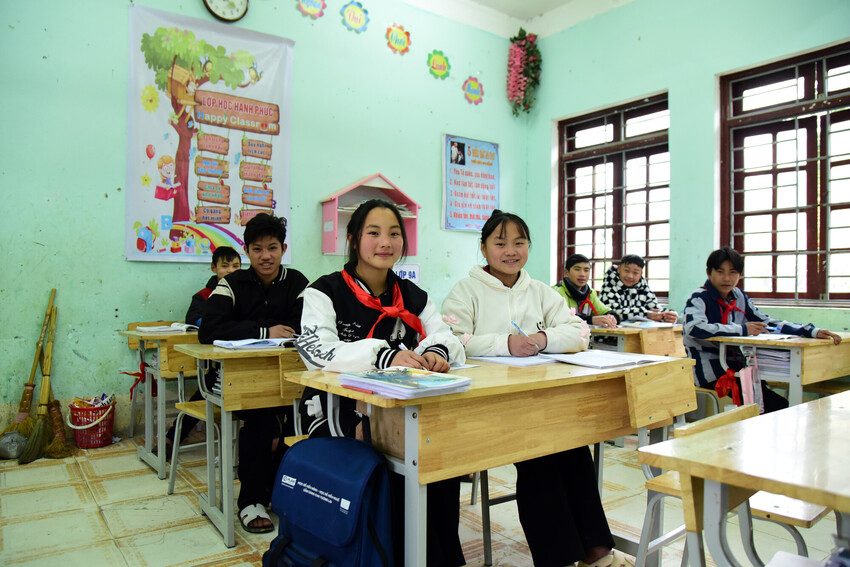
The needs are overwhelming
The needs are overwhelming. Families are asking for the basics: food, seeds, livestock, tools, shelter. They want their children back in school. They need safety, dignity, and a path forward. Children are among those most affected. I heard young voices say: “My house is gone.” “I’ve only been eating plain rice.” “I’m cold. I have no dry clothes.” “The road to school has disappeared.” Many are missing school, some for the first time. Others are simply afraid because their familiar world has collapsed, and the uncertainty weighs heavy.
But amidst all this hardship, there have been glimmers of hope. One woman told us that Plan’s cash support meant she could buy roofing sheets and school supplies for her children. Another mother said receiving hygiene kits containing sanitary pads, underwear and soap brought dignity back into her daughters’ lives after days of helplessness. Teachers spoke of how Plan’s support to rebuild landslide embankments meant students could return to school safely. Without these embankments, classrooms might have slid away in the next heavy rains.
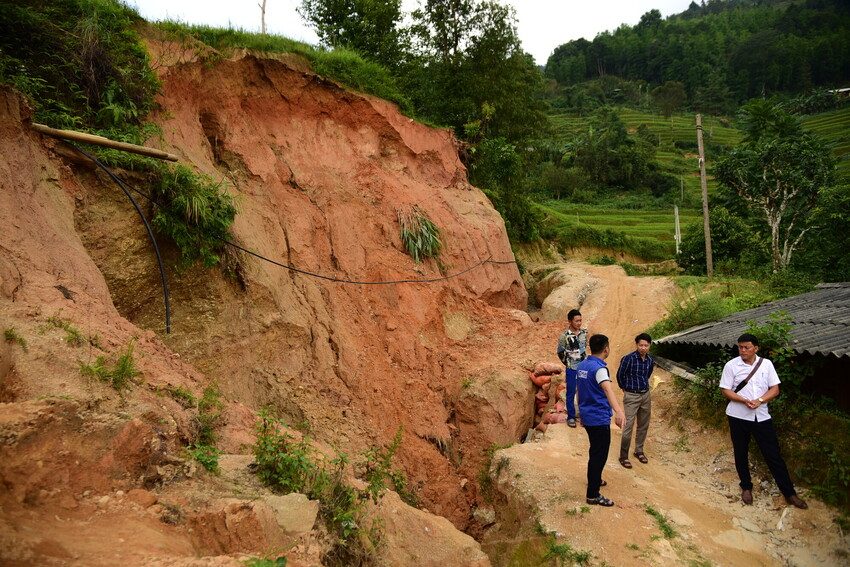
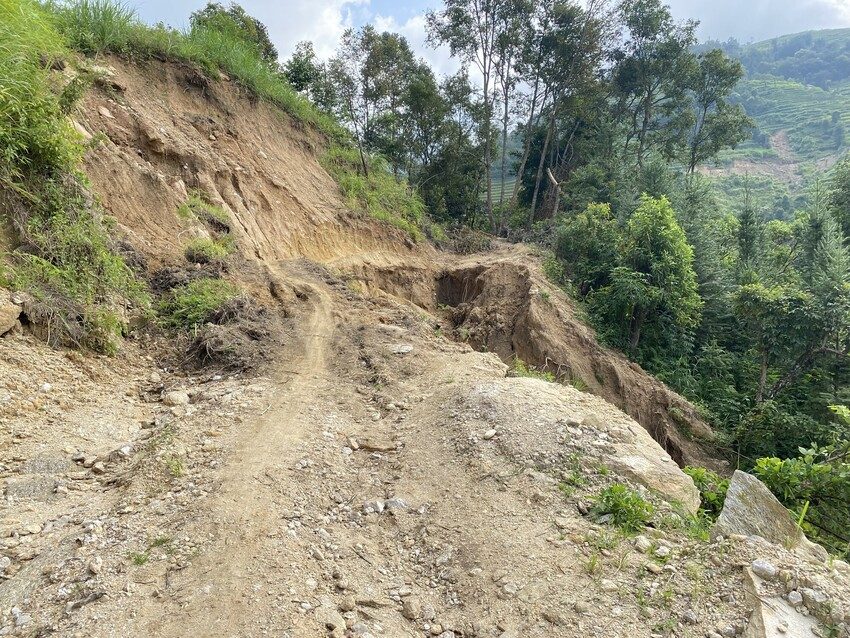
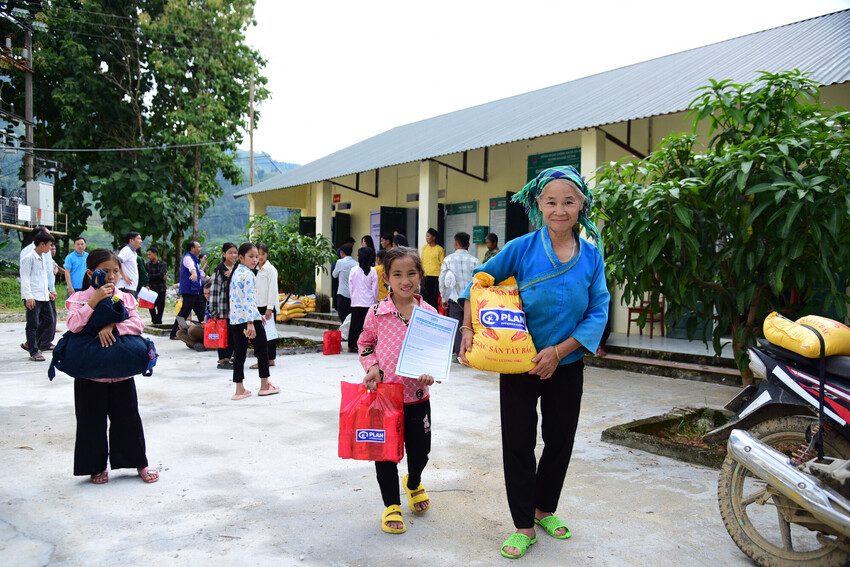
Bridge from disaster to recovery
If I have one message for the world, it’s this: storms and floods are devastating, but indifference is far worse. When support comes with real care, given at the right time, with the right intention, it can calm even the fiercest storm. Every contribution matters. Every small act of compassion strengthens the bridge from disaster to recovery. Where there is shortage, we will fill the gap, and where there is despair, we will bring hope.
If I had the power to change one thing, it would be to create safe, sustainable living environments where children and communities can thrive, not just survive, and where people can focus not on survival, but on dreams, education, and building a future. What gives me hope is simple: the spirit of the people. The encouragement from leaders who believe in our work. The resilience of families who refuse to give up, and the smiles of so many children who, even after losing everything, still find a way to laugh.
At Plan International, we work tirelessly, because we are the lucky ones, and we have the power to make life a little better for those who need it most. In the end, the storms will pass. But the kindness we show, and the hope we restore — that will always remain.
Categories: Emergencies

